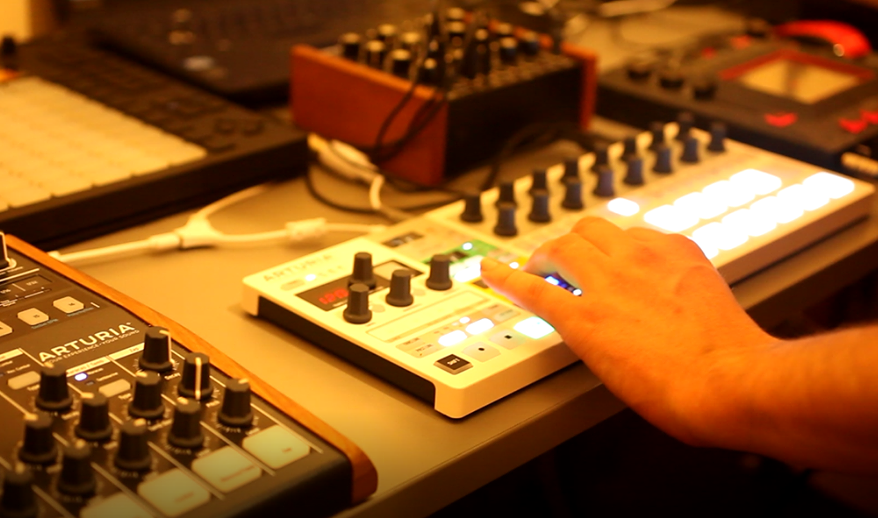What is a sequencer in music?
Beginner music producer? You’ve probably used a sequencer and never known it. Check out this quick guide to sequencers in music production.
What is music sequencing? In the most basic terms, a sequencer is something you program data into that will then play the sounds back for you.
Music sequencers let you record a part and have the device play back the performance automatically, in a loop, so that you don’t have to.
You can get hardware sequencers and software sequencers. MIDI controllers, drum machines and synthesisers can be used as sequencers, and you can find sequencers built into your DAW as part of the software or as plugins.
Step sequencers feature each unit of time measured as a step which can be changed as desired. Buttons represent different sounds that can be programmed to play one after another or at the same time in repeating patterns without you having to constantly play like a musical instrument.
The FL Studio channel rack, for example, is a step sequencer, as are many drum machines.
Within your DAW the Piano Roll editor is a step-time sequencer into which you can input MIDI notes, either by recording using a controller or manually inputting the steps. Step-time sequencing is very useful if you don’t play an instrument.
If you read music meanwhile score editors let you input MIDI to turn it into sheet music which can be played back to you – Sibelius is a software example.
The world of sequencing is far bigger than what we’ve touched on here. All you have to remember as a beginner producer is that sequencers listen to what you tell them to play, and then play it back for you.
Sequencers make life easier, music more accessible, and allow for the creation of cool combinations of sounds on the fly.
